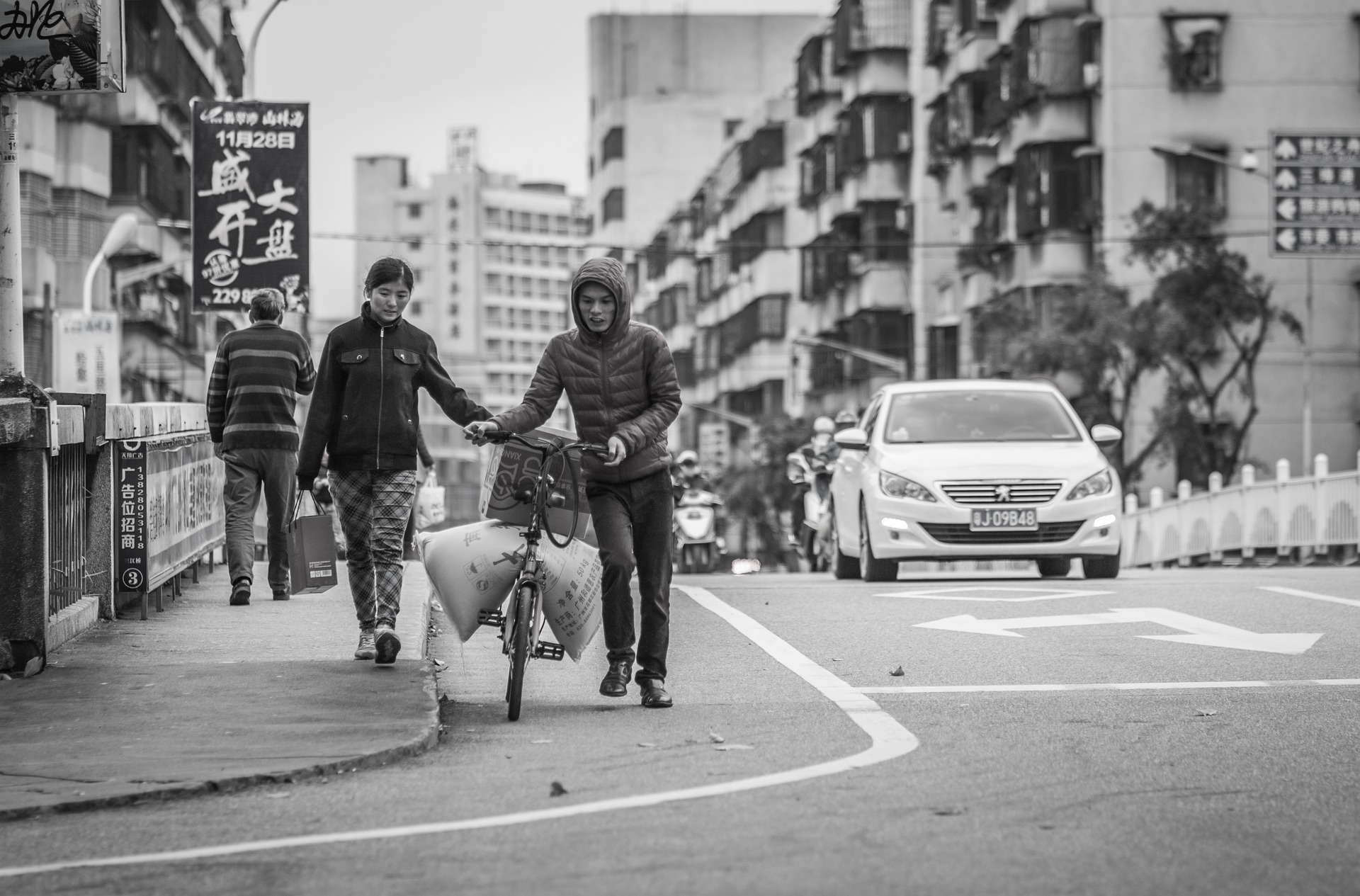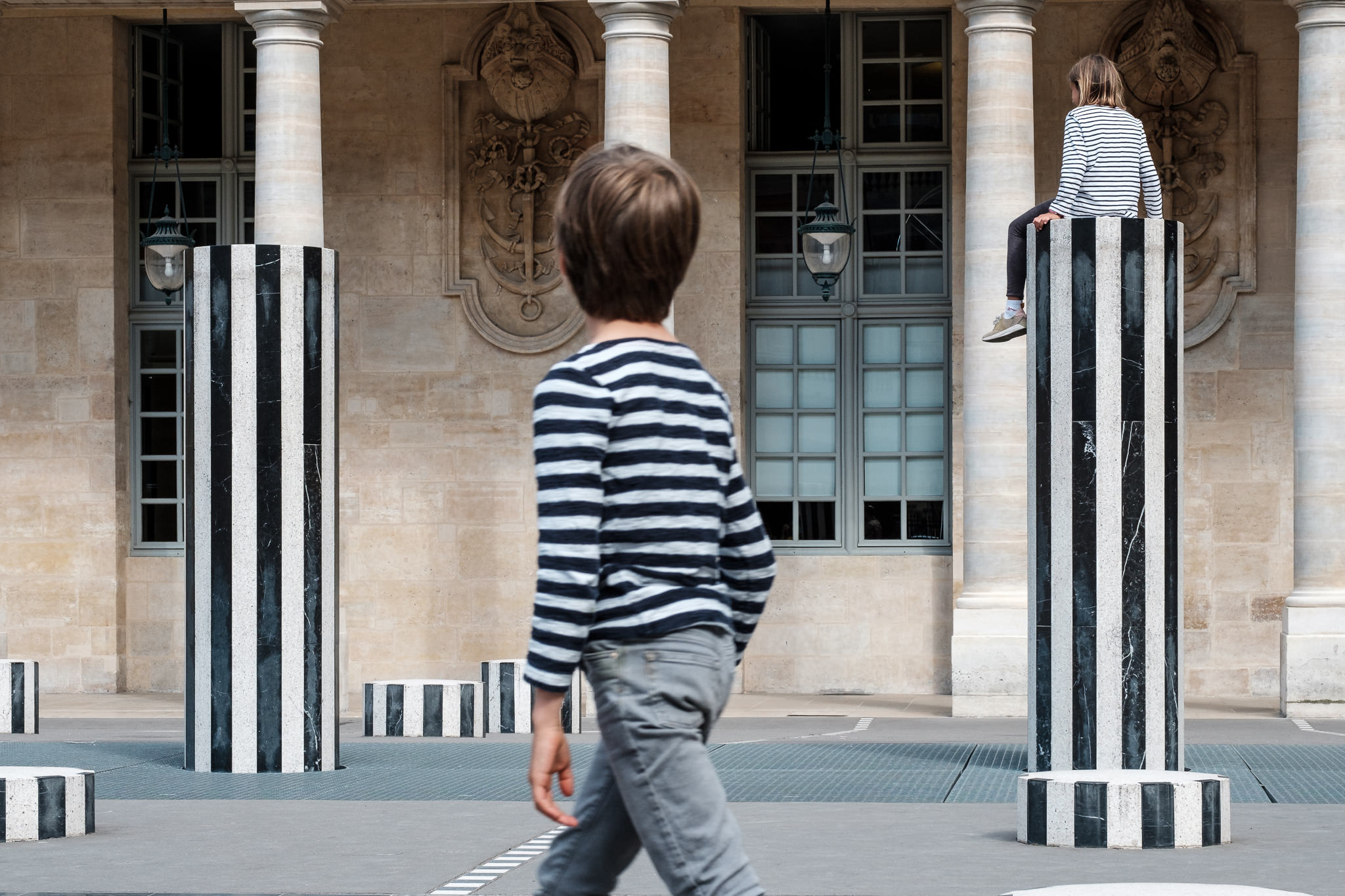Unknown Facts About Street Photographers
Unknown Facts About Street Photographers
Blog Article
Some Known Factual Statements About Street Photographers
Table of ContentsWhat Does Street Photographers Do?The smart Trick of Street Photographers That Nobody is Talking AboutWhat Does Street Photographers Do?Street Photographers Things To Know Before You Get ThisLittle Known Facts About Street Photographers.
, a style of digital photography that records daily life in a public location. The actual publicness of the setup makes it possible for the photographer to take candid images of complete strangers, frequently without their understanding. Street digital photographers do not always have a social objective in mind, yet they favor to separate and record minutes which may otherwise go unnoticed.He was affected by numerous of those that affected the street digital photographers of the 1950s and '60s, he was not mainly interested in capturing the spirit of the street., that worked side by side with photographers trying to capture the significance of metropolitan life.

Given the fine quality of his photographs and the breadth of material, architects and artists often purchased Atget's prints to use as reference for their own job, though business passions were hardly his major inspiration. Instead, he was driven to photograph every last remnant of the Paris he enjoyed.
The Facts About Street Photographers Revealed
They reveal the city via his eyes. His work and fundamental understanding of digital photography as an art type worked as motivation to generations of professional photographers that adhered to. The following generation of street digital photographers, though they likely did not refer to themselves as such, was ushered in by the photojournalism of Hungarian-born photographer Andr Kertsz.
Unlike his peers, Brassa used a larger-format Voigtlnder cam with a longer direct exposure time, forcing him to be a lot more calculated and thoughtful in his method than he might have been if utilizing a Leica. (It is assumed that he may not have actually been able to pay for a Leica at that time, however he did, however, make use of one in the late 1950s content to take colour photographs.) Brassa's photos of the Paris abyss illuminated by man-made light were straight from the source a discovery, and the compilation of the series that he released, (1933 ), was a significant success.
Cartier-Bresson was a champ of the Leica video camera and one of the initial photographers to maximize its capabilities. The Leica enabled the digital photographer to interact with the surroundings and to catch moments as they occurred - Street Photographers. Its fairly tiny dimension additionally aided the photographer fade into the background, which was Cartier-Bresson's preferred method
Street Photographers - Questions
It is since of this fundamental understanding of the art of picture taking that he is frequently attributed with discovering the medium all over once more approximately a century considering that its creation. He took photographs for more than a half century and affected generations of pop over to these guys professional photographers to trust their eye and intuition in the minute.
These are the concerns I will attempt to address: And after that I'll leave you with my own interpretation of street digital photography. Yes, we do. Let's kick off with defining what a definition is: According to it is: "The act of specifying, or of making something definite, distinctive, or clear".
No, certainly not. The term is both restricting and misinforming. Sounds like a street digital photography ought to be images of a streets appropriate?! And all street professional photographers, besides a handful of outright newbies, will totally appreciate that a street is not the vital component to road digital photography, and really if it's a photo of a street with perhaps a couple of boring people not doing anything of interest, that's not street digital photography that's a snapshot of a street.
He makes a legitimate factor do not you think? Nevertheless, while I concur with him I'm not exactly sure "candid public photography" will certainly catch on (although I do kind of like the term "honest digital photography") since "road digital photography" has been around for a lengthy time, with many masters' names connected to it, so I think the term is here to stay.
The Basic Principles Of Street Photographers
Inside?! I hear you yell as you drink your hand to the skies. Why not? You can contend the coastline, at an event, in a street, in a park, in a piazza, in a coffee shop, at a gallery or art gallery, in a metro station, at an event, on a bridge, under a bridge ...

The Ultimate Guide To Street Photographers

Report this page